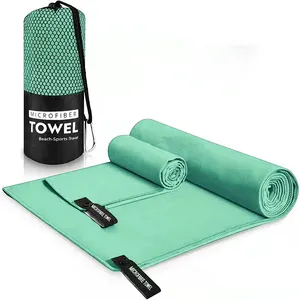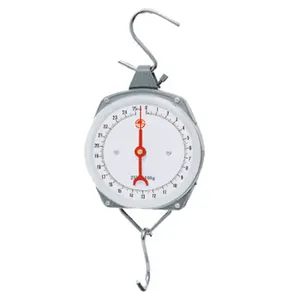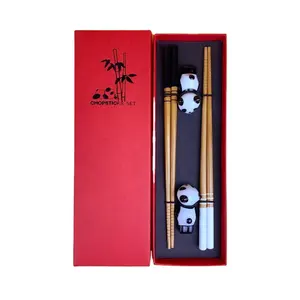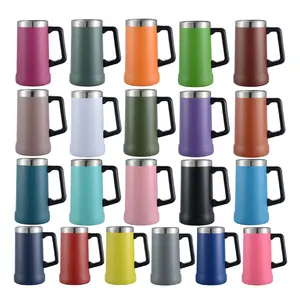Popular in your industry





























































Top categories
About cedar fence picket
Introduction
Enhancing your home's curb appeal can be as simple as choosing the right fence. Among the myriad of options available, cedar fence pickets stand out for their timeless elegance and myriad benefits. This article delves into the charm of cedar as a fencing material, its durability, aesthetic appeal, and environmental benefits. We'll also guide you through the process of selecting the right cedar fence pickets, installation tips, and maintenance practices to ensure your cedar fence remains a beautiful addition to your property for years to come.
Understanding the Charm of Cedar Fence Pickets
Cedar is a popular choice for wood fencing materials, immediately recognizable due to its reddish color, white accents, and beautiful grain pattern. Cedar planks feature a tight grain and fewer knots than many other kinds of wood, adding to their appeal. It is warm and rich-looking lumber, adding to your home’s overall aesthetic. Cedar is considered a luxury that many homebuyers are willing to pay for. It may only be a slight increase in cost for you, but it could significantly increase your home’s sale price.
Why Choose Cedar for Your Fence
Cedar is a popular choice for fencing due to its unique aesthetic appeal and durability. Its rich color and beautiful grain pattern make it visually appealing, while its natural oils make it resistant to decay and insects. Cedar is also a highly stable wood, meaning there is minimal shrinkage. When used to build a fence, the wood planks will stay straight and sturdy for the long run. Cedar is considered a luxury that many homebuyers are willing to pay for, potentially boosting your property value. However, it requires regular maintenance to sustain its color and longevity.
Durability and Resistance
Cedar wood, particularly Western Red Cedar and Incense Cedar, is a popular choice for outdoor structures like fences due to its durability and resistance. Cedar wood can last over 20 years when used in outdoor structures, and between 15 and 20 years when used for constructing a fence. It is naturally resistant to environmental elements such as moisture, making it rot and decay-resistant, even in humid environments. Additionally, cedar repels bugs and insects, adding to its longevity when used outdoors.
Aesthetic Appeal
Cedar is a classic choice for homeowners when it comes to fences. It has a beautiful color and natural oils that resist decay, weathering, and insects. A cedar fence is instantly recognizable by its eye-catching red coloring and unlike other types of wood, it has this beautiful color without even being stained. Many homeowners choose cedar for their fences because it is more durable than other types of wooden fences. On top of that, cedar is naturally weather resistant and repels most bugs. Western Red Cedar is the most popular for residential fences because of its durability and beautiful red coloring.
Environmental Benefits
Cedar, particularly Western Red Cedar, is a sustainable and environmentally friendly choice for fence pickets. For every cedar tree harvested, at least three are planted, contributing to a 20% growth in North American forests since 1970. Cedar requires less energy to produce than concrete or steel, and its natural thermal properties make it energy-efficient. Additionally, cedar has a low impact on air and water quality, producing fewer toxins and greenhouse gases than man-made materials. Plus, cedar is renewable and breaks down naturally once discarded, unlike many man-made materials.
Selecting the Right Cedar Fence Pickets
When selecting cedar fence pickets, there are several factors to consider. Both red and white cedar are used for fencing, but white cedar is often preferred due to its cost-effectiveness and durability in various climates. Cedar lumber is available in different grades, affecting the overall look and price of your project. The fewer knots and defects, the higher the grade and cost. Cedar can be painted or stained for added durability and beauty, with transparent and semi-transparent finishes looking best on clearer-grade cedar wood. Remember, the grade of lumber should align with the intended use of the product to avoid overpaying.
Types of Cedar Pickets
Cedar fence pickets come in various types, each with unique characteristics. Japanese Cedar is a cost-effective option with a beautiful reddish tone. White Cedar, lighter and slightly yellow, is known for its natural oils that protect it from mold, warping, and insects. Western Red Cedar, the most popular for residential fences, is admired for its durability and beautiful red coloring. Each type of cedar picket offers a unique aesthetic and durability, making cedar a versatile choice for fencing.
Size and Style Considerations
When selecting cedar fence pickets, size and style are crucial considerations. Alibaba offers a variety of sizes, including 4 ft and 6 ft in height, and widths of 4 in, 5.5 in, and 6 in. The picket top styles are diverse, with options like the classic Dog-Ear style and the elegant French Gothic style. The cedar pickets also come in different application types, such as 'Line' and 'End', and installation types like 'No Dig' and 'Dig'. This variety ensures you can find the perfect cedar picket to match your aesthetic and functional needs.
Installation Tips for Cedar Fence Pickets
Installing cedar fence pickets can be a simple process with proper planning. Start by installing a middle rail to prevent the pickets from bowing. Use a 1/4" spacer to ensure consistent gaps between each picket. Pre-drill holes into the top and bottom rails, then secure the pickets with 2" deck screws. For a straight fence, ensure each picket is level before securing. Remember to leave a gap at the bottom of the pickets to prevent contact with the ground. This process not only rejuvenates your fence but also enhances your home's curb appeal.
Preparation and Planning
Before installing cedar fence pickets, start by cleaning up your yard and removing any debris. Stake out the property line using stakes and strings to ensure accurate placement of the fence. Clear the fence line of any obstructions, and take note of any slopes or grades that may require special planning. It's crucial to talk to your neighbors about your fence plans, especially if it's being placed along the property line. Proper preparation and planning can help avoid unnecessary obstacles and delays, ensuring a smooth installation process.
Installation Process
Installing cedar fence pickets is a straightforward process. Start by placing a 1/4" spacer between the boards. Hold the picket in place, check the level, then pre-drill holes into the top and bottom rails. Secure the picket with 2" deck screws, being careful not to drill too far. Repeat this process for each picket. If needed, cut pickets to fit the end of the space. Once all pickets are installed, pre-drill two holes along the middle rail for all the pickets, then secure with screws.
Maintaining Your Cedar Fence
Cedar fences, known for their longevity, can last 15-30 years with proper care. Regular maintenance includes annual cleaning to prevent mold and algae build-up. Immediate cleaning is advised upon spotting fungi. Power washing on a low setting, followed by spot cleaning of any remaining stains, can be an effective cleaning method. Additionally, treating your fence with stain every 3-5 years is recommended. Staining seals out moisture, preventing rot, and helps avoid drying out, warping, cracking, and splintering of the fence.
Cleaning and Care
Cedar fences require regular cleaning to maintain their aesthetics and prevent mold. It's recommended to clean your fence annually, but if you spot fungi or algae, immediate cleaning is necessary. You can use a power washer on a low setting for this task, followed by spot cleaning of any remaining stains. This upkeep helps prolong the life of your cedar fence, ensuring it remains a beautiful addition to your property.
Repair and Replacement
Maintaining the beauty of your cedar fence involves periodic repairs. Common repair projects include replacing a rotted picket or bracing a leaning fence post. If a cedar picket is damaged, you'll need to replace it with a new one. If the post is set in concrete, you'll need to break up the concrete footing and install a new post. Remember, repairing a fence can sometimes be more time consuming than replacing it, so weigh the benefits of each.
Conclusion
Cedar fence pickets offer a unique blend of aesthetic appeal, durability, and environmental friendliness, making them an excellent choice for boosting your home's curb appeal. The rich color, beautiful grain pattern, and natural resistance to decay and insects make cedar a luxury that many homebuyers are willing to pay for. With careful selection, proper installation, and regular maintenance, a cedar fence can serve as a long-lasting, beautiful addition to your property. So, whether you're looking to enhance your home's exterior or increase its value, cedar fence pickets are a worthy investment.



























